Ecommerce for services: Build your own online service store
Looking for the ecommerce for services? In this article, I'll show you how to sell your services like an ecommerce business owner. Yes, it's possible.

The best service businesses have figured out how to operate like an ecommerce store.
They're not sending custom quotes or playing email tag for weeks. Instead, they have taken the principles of ecommerce for services and built something that actually scales. Clients can browse their offerings, buy instantly, and get started without a single phone call.
Let me be clear, this isn't about "commerce as a service" or helping other ecommerce businesses sell online. This is about taking your service business, whether you're a consultant, freelancer, agency, or large firm, and running it like a Shopify store.
Think about the last time you bought something online. You probably found what you needed, checked the price, clicked buy, and got exactly what you expected. The whole thing took minutes, not weeks.
Now think about the last time someone tried to hire you. How many emails did it take? How long before they got started? How much time did you waste on admin instead of actual work?
The gap between these two experiences is exactly what we need to fix. And the good news? It's totally possible to package your expertise, automate your operations, and let clients buy from you 24/7.
Let’s go over how.
Is selling a service ecommerce?
Ecommerce is simply selling things online. If you're a consultant, freelancer, agency, or firm serving tech-savvy clients, there's a good chance you also sell online. In that case, you're already doing ecommerce. You just might not realize it.
But here's where it gets tricky. When most people think "ecommerce," they picture Amazon or Shopify packages showing up at their door. Physical products, shopping carts, inventory management. The whole thing feels built for stuff you can put in a box and physically feel.
Services don't fit neatly into that box (pun intended).
When you sell consulting, design work, or marketing services, there's no shipping logistics. No warehouses. No tracking numbers. Instead of delivering a product, you're delivering your specific knowledge, time, and results. So technically, yes, if you're selling services online, you're doing ecommerce. But the traditional ecommerce playbook doesn't quite work.
That's changing though. Service businesses are starting to realize they can take the best parts of ecommerce, the 24/7 storefronts, the self-serve buying, the automated fulfillment, and adapt them for services.
Instead of custom quotes and endless back-and-forth, they're creating "productized services" with clear packages and fixed prices. Instead of manual onboarding, they're automating the entire client experience. Instead of sending manual invoices, they're setting up recurring subscriptions that auto bill.
This allows service businesses to run as hands-off as an ecommerce store. Your clients can browse your services, pick what they need, pay instantly, and get started.
So yes, selling services online is absolutely ecommerce. It's just ecommerce evolved for the modern service economy.
5 lessons service businesses can learn from ecommerce stores
Here are five lessons service businesses can learn from ecommerce:
- Sell more than one thing
- Increase your client lifetime value (LTV) with upselling
- Personalize your purchasing experience
- Give self-serve support options
- Use automation where you can
Let’s go over each.
1. Sell more than one thing
Walk into any online store and you'll see options. Different products, different price points, different solutions for different needs. But most service businesses? They have confusing offers that usually require a custom quote.
Take a page from ecommerce and create multiple service packages. For example, if you sell content marketing services, instead of constantly creating custom offers, productize them:
- Starter package: 4 blog posts/month
- Growth package: 8 blog posts + SEO optimization
- Scale package: 12 posts + SEO + social media
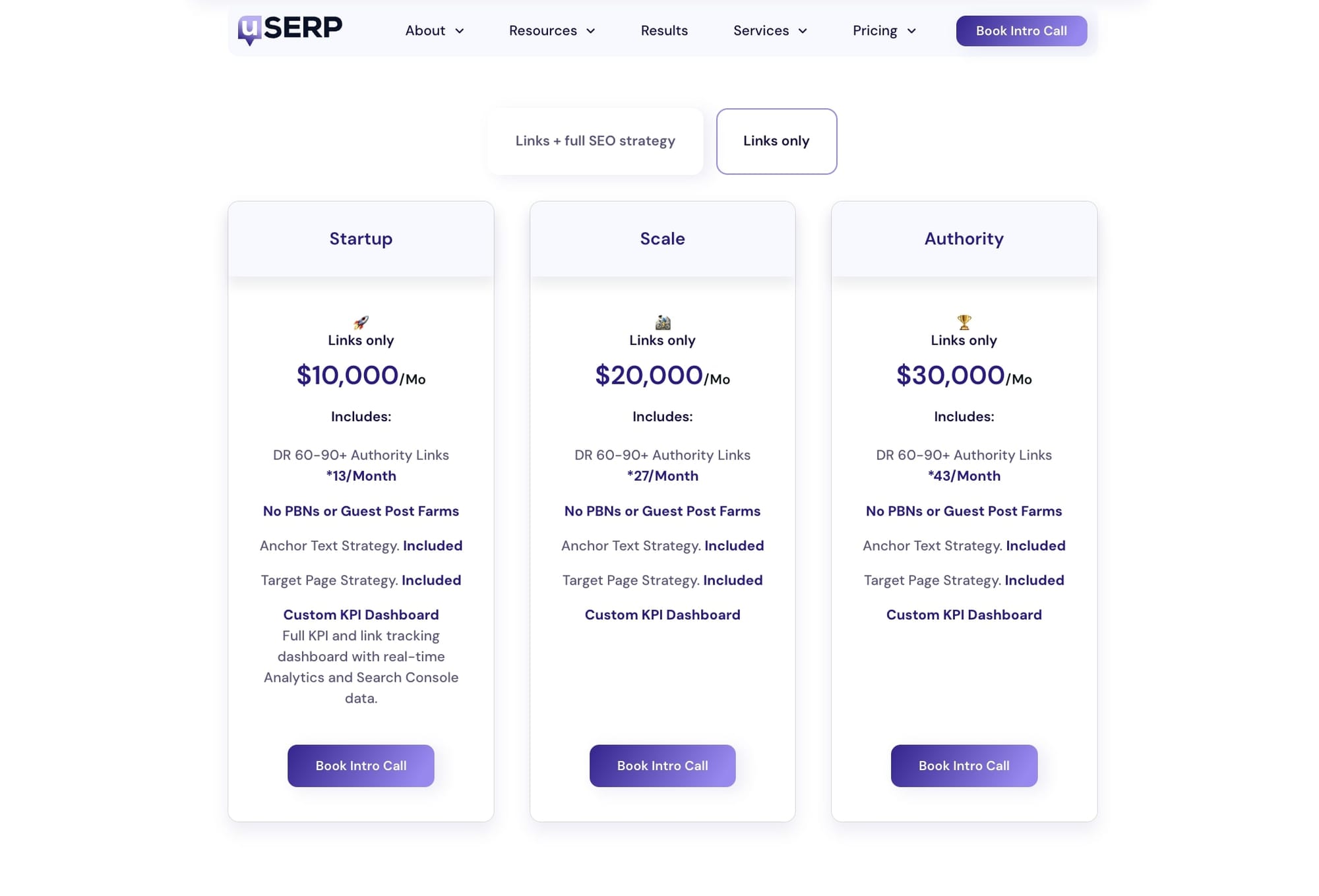
This way, when clients see options, they stop asking "should I buy?" and start asking "which one should I buy?" That's a much better conversation to have. And it completely changes the nature of your business and the types of clients you attract.
2. Increase your client lifetime value (LTV) with upselling
Apple doesn't just sell you a phone. They also sell you cases, wired headphones, chargers, extended warranty, and a bunch more. It takes a lot of energy (and money) to attract a customer. So every ecommerce store knows that increasing customer lifetime value is a lot better than constantly finding new customers.
Service businesses can do this too. Once someone's a client, offer:
- Rush delivery for urgent projects
- Add-on services (extra revisions, strategy calls)
- Quarterly audits or assessments
- Training for their team
The key is making these upsells easy to buy. If your client needs something extra, they should be able to add it with one click, not negotiate a new contract.
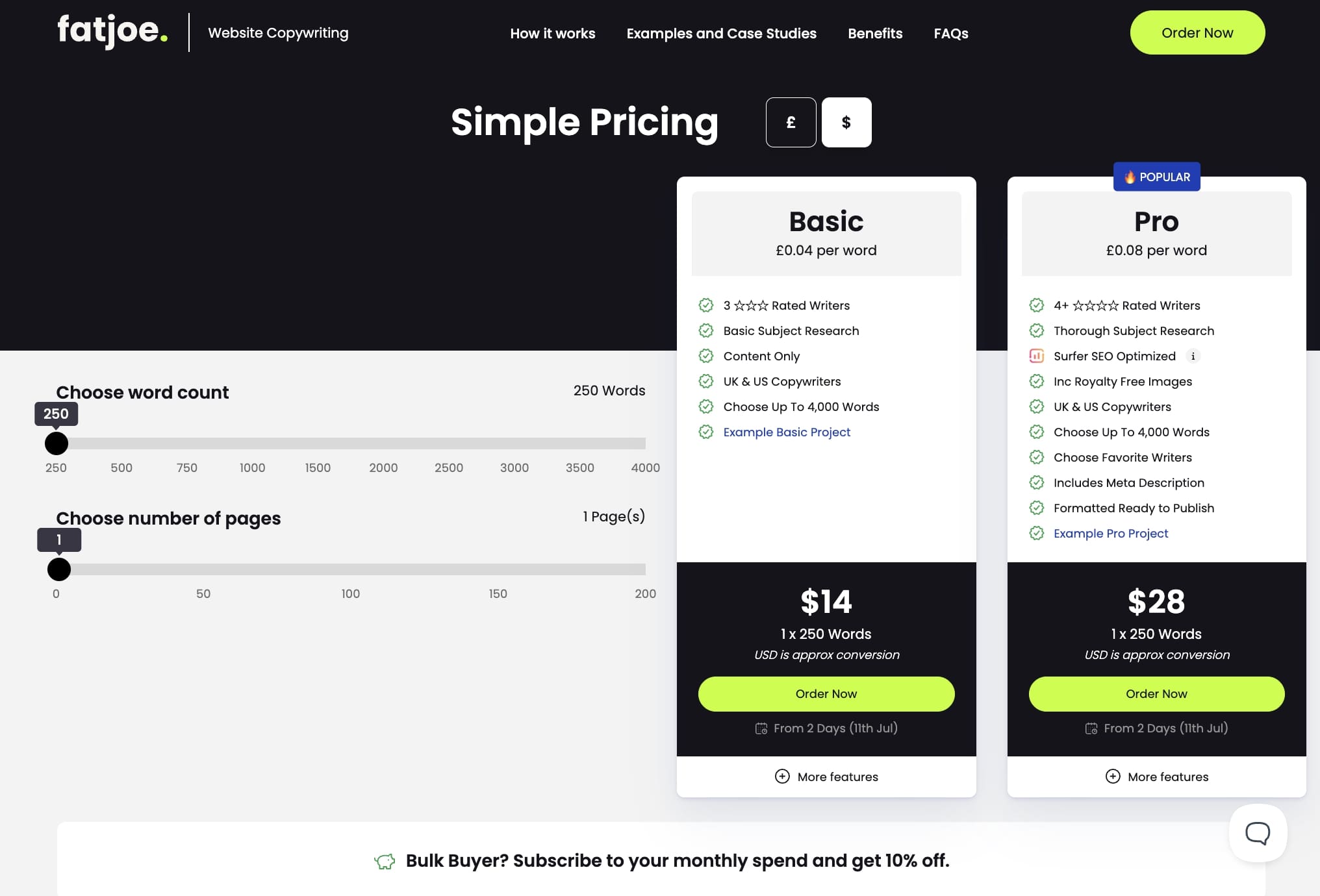
In the section about choosing the best platform, I’ll show you how I do this for my own agency and media business.
3. Personalize your purchasing experience
The best ecommerce stores remember you. They know your preferences, your purchase history, your size, and sometimes send you a discount on your birthday. They make you feel like a special, not order #58302.
For service businesses, this means creating branded client portals where each client gets their own personalized space. One that has a customized experience with:
- Their company's branding elements
- Onboarding flows specific to their service package
- Content and resources relevant to their industry
- Their specific team members and projects
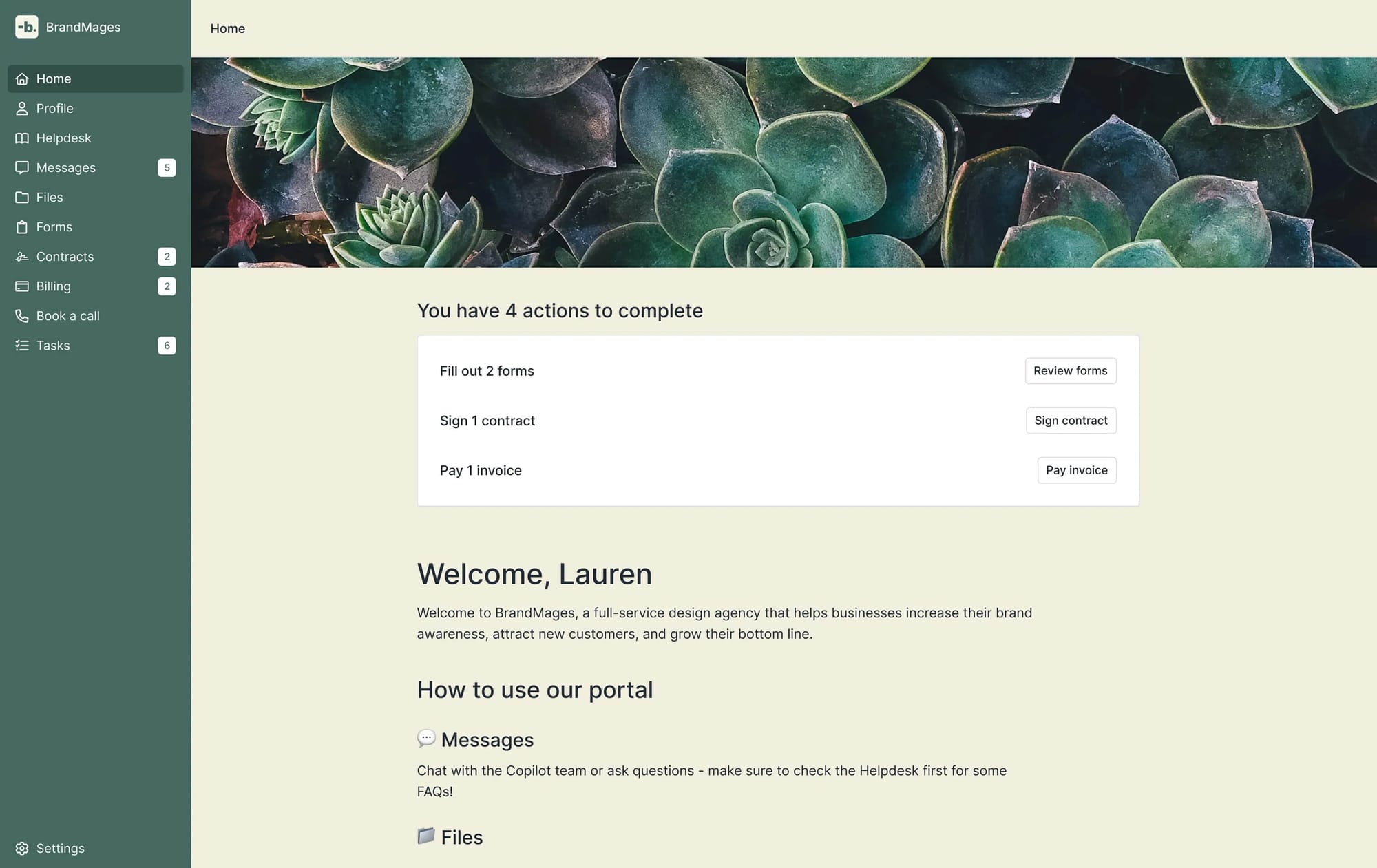
When you nail personalization, building rapport with clients happens naturally. They feel valued, not like just another invoice number.
4. Give self-serve support options
Ever notice how you rarely need to contact Amazon support? That's because they already know the types of questions people are most likely to ask and have created self-serve solutions. Service businesses can do the same.
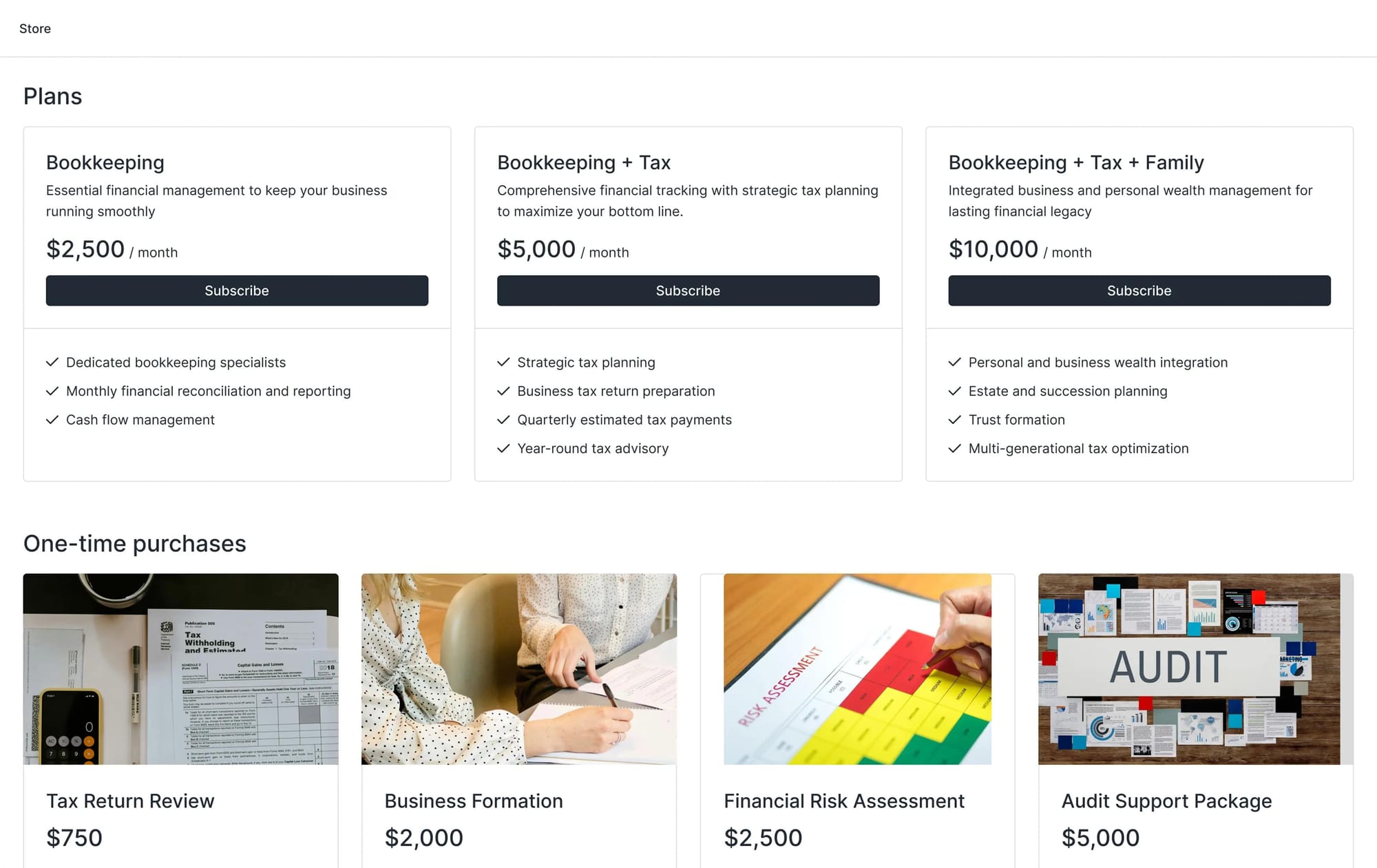
Build a knowledge base right inside your client portal:
- How-to guides for common tasks
- FAQs about your process
- Video walkthroughs
- Best practices and tips
This not only creates a great user experience, but it also saves you time from dealing with customer support headaches. When clients can find answers instantly, they feel more in control, and you spend less time answering the same repetitive questions. It's a key part of building clientele that sticks around.
5. Use automation where you can
Ecommerce stores are built on automation. Abandoned cart emails, order confirmations, shipping updates, review requests — it all happens automatically. Meanwhile, service businesses are still manually sending every email.

Time to level up. With the right tools, you can automate:
- Welcome sequences when someone becomes a client
- Payment reminders before invoices are due
- Check-ins at project milestones
- Feedback requests after deliverables
- Renewal notices for subscriptions
The beauty of automation is that it can help you eliminate human error. Every client gets the same excellent experience, whether you're having your best day or your worst. That's why having a solid client onboarding checklist that runs automatically is really important if you’re trying to look professional (which I know you are).
Okay, now let’s go over some platforms you can use to turn your service business into an ecommerce store.
Which platform is best for selling services?
When it comes to selling services online, you need a platform built specifically for how service businesses actually work. Traditional ecommerce platforms like Shopify or WooCommerce assume you're shipping physical products, which means you'll spend more time working around their limitations than actually using them effectively.
Here are the three platforms that actually understand service businesses:
Assembly
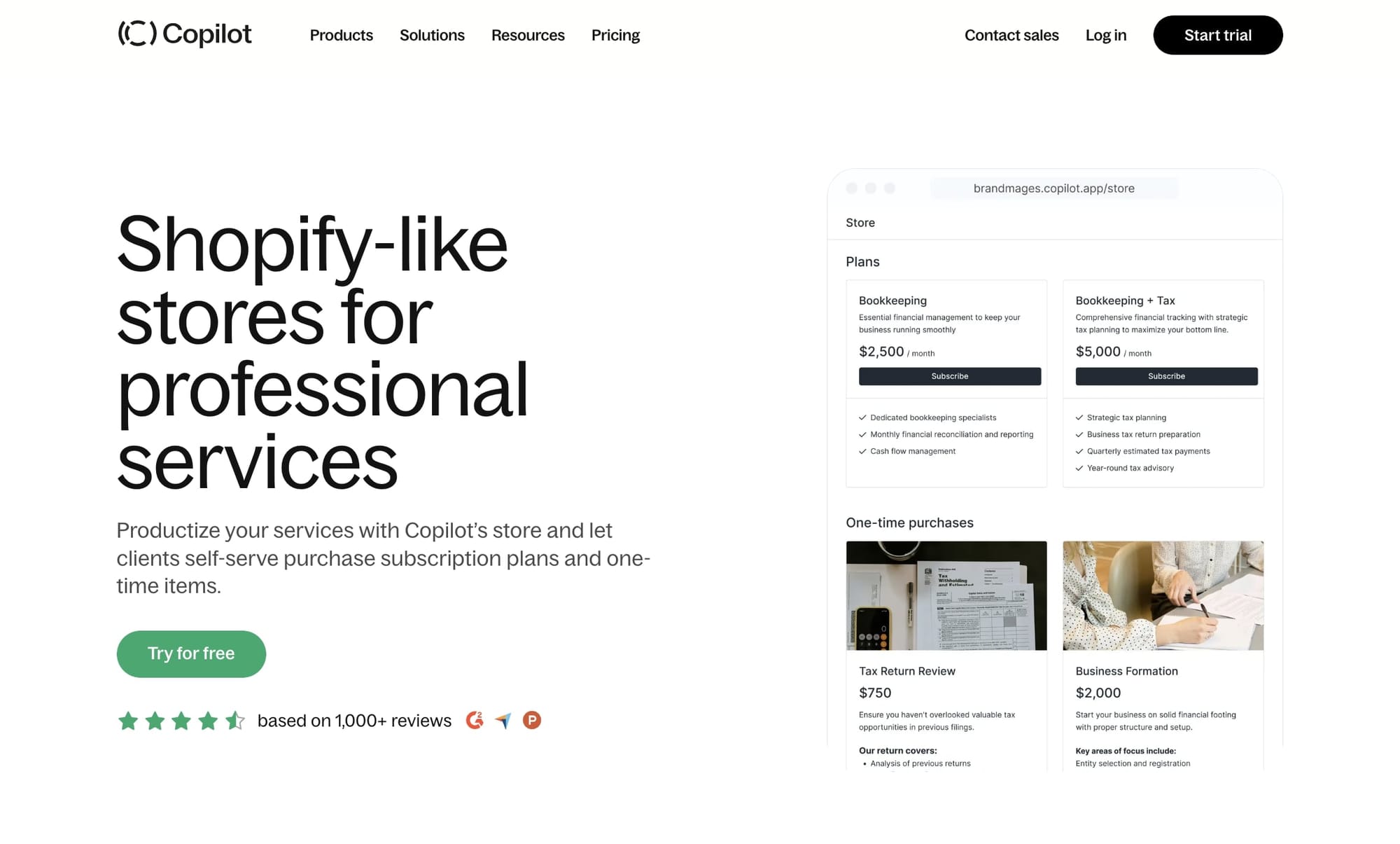
- Best for: Growing agencies and freelancers
- Pricing: Free trial, then starts at $39 per month
Assembly works well for most service businesses. It has the features you need to look professional without being overly complicated.
What makes Assembly work for services:
- A real storefront where clients can browse and buy your packages
- Client portals that become the hub for all client work
- Built-in invoicing with recurring subscriptions
- E-signatures for contracts without leaving the platform
- Automation that handles onboarding, payments, and follow-ups
The Store feature lets you set up packages with clear pricing, and clients can purchase directly without the back-and-forth negotiation. After purchase, they're automatically onboarded into their portal where the real service delivery happens.
Want to see exactly what your clients would experience? Check out this interactive demo of the client portal:
If you're running an agency or established freelance business and want to improve your client experience, Assembly makes sense. It’s what I personally use myself to run my content marketing agency. I also wrote this guide on how to create a customer portal that walks through the entire setup, if you want to check it out.
Bonsai
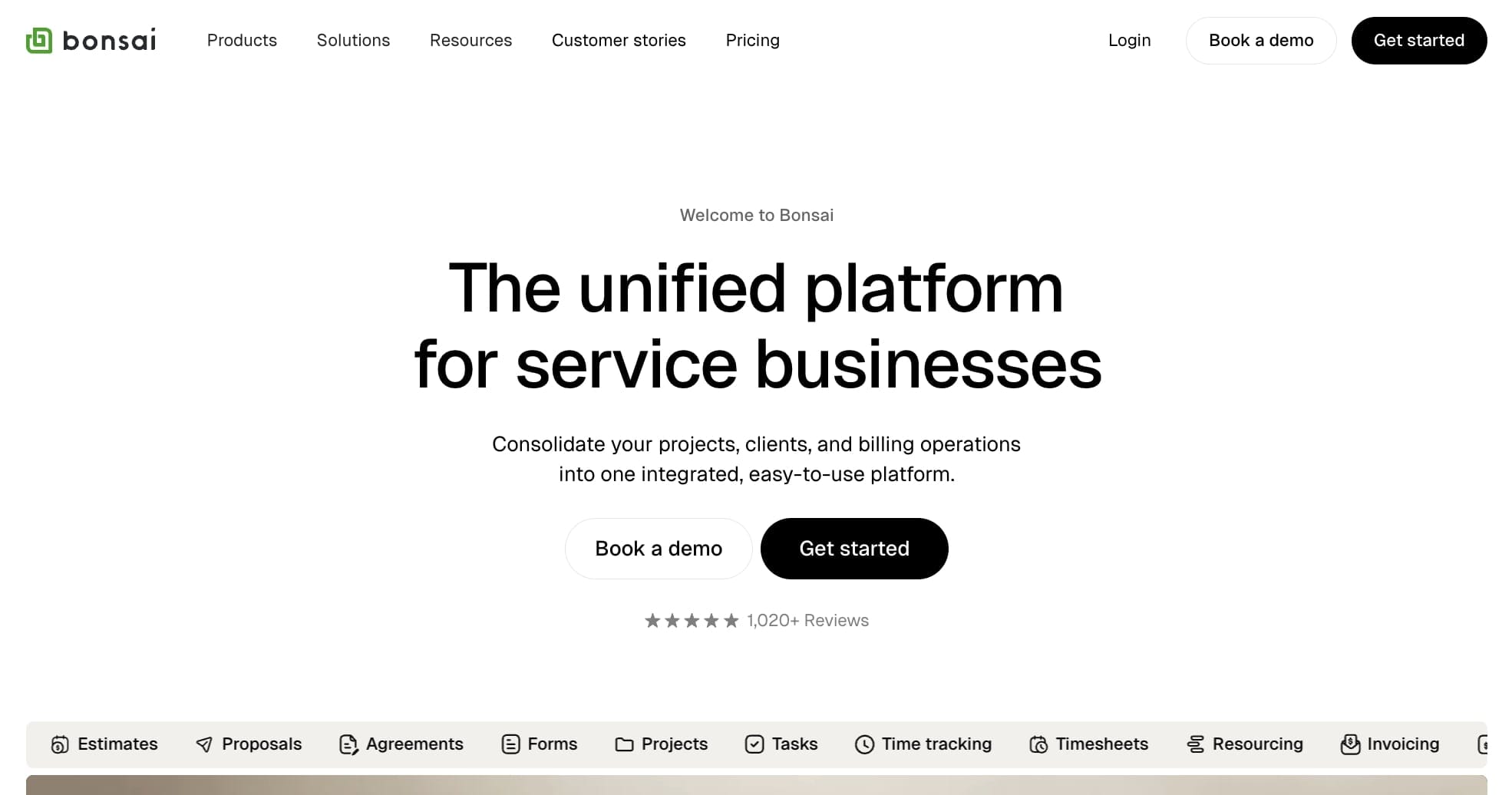
- Best for: Freelancers just starting out
- Pricing: Starts at $15 per user/month
Bonsai keeps things simple for new freelancers. It’s the platform I first started my freelance business on (before switching to Assembly). If you're just getting started and feeling overwhelmed by all the business admin stuff, Bonsai is a great place to start.
With Bonsai, you get:
- Proposal templates to win clients
- Contract templates for different services
- Simple invoicing with payment processing
- Basic project tracking
Bonsai works when you have a handful of clients and need simple invoicing, and something better than spreadsheets and email. As you grow, you'll probably want something with more features, like Assembly, to leverage service upsells.
Moxo
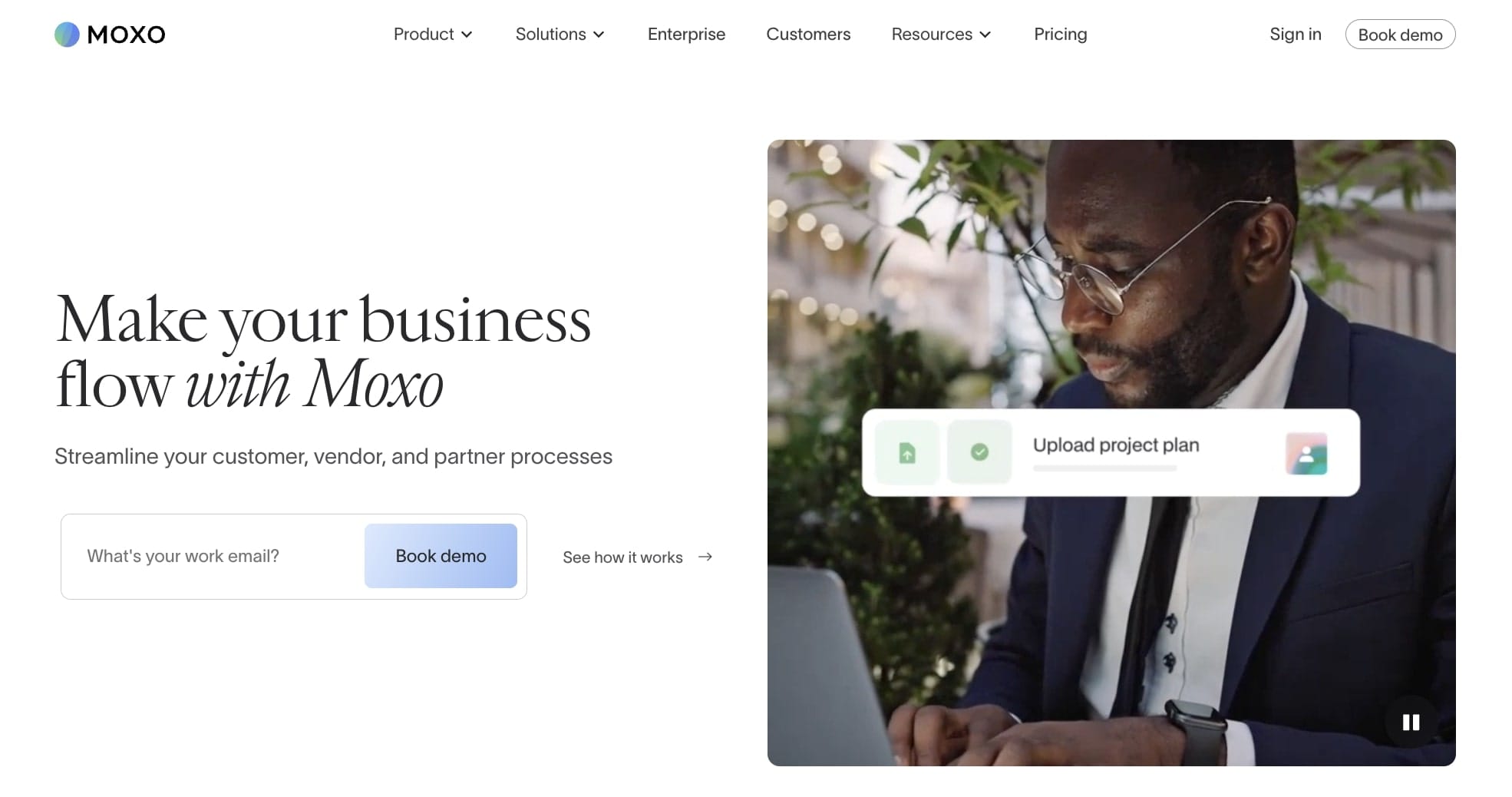
- Best for: Enterprise vendors
- Pricing: Must request a quote
Moxo is built for large service vendors and enterprises. Think big consulting firms, enterprise software vendors, or companies with complex, multi-stakeholder projects. Assembly can handle this, and they do have some very large clients. But I wanted to also include Moxo has they are primarily focused on this area.
Moxo includes:
- Workflow automation for complex processes
- Multi-party collaboration spaces
- Advanced security and compliance features
- White-label options for total brand control
The downside is complexity and cost. If you're a solo freelancer or small agency, Moxo is probably more than you need (and out of your budget).
Examples of service businesses operating like ecommerce stores
Want to see what it looks like when service businesses fully embrace the ecommerce model? These companies have figured out how to package, price, and sell their services just like online stores sell products.
DesignJoy
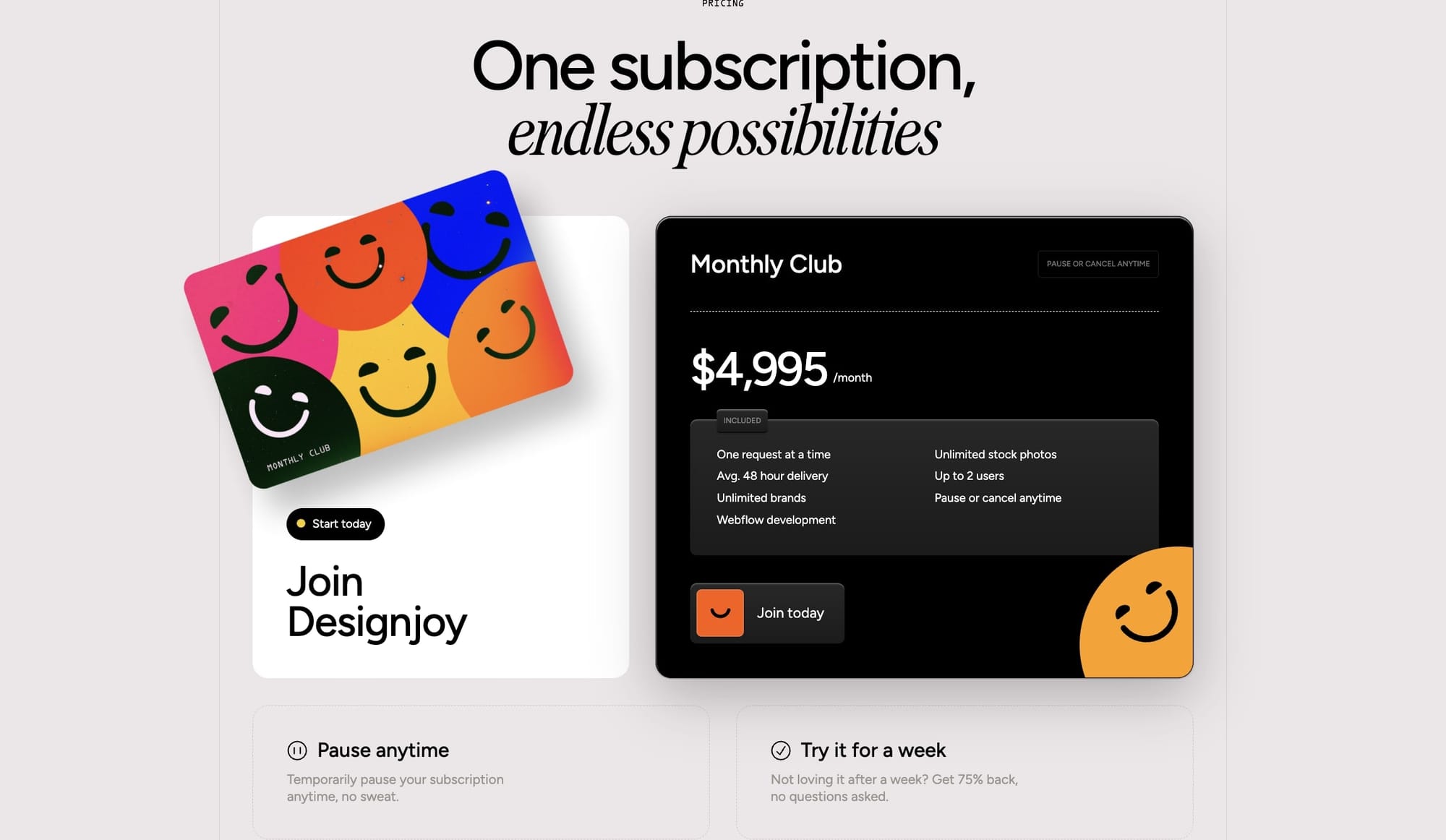
- What they do: Unlimited design, subscription model
DesignJoy turned the traditional design agency model on its head. Instead of custom quotes and project-based pricing, they offer unlimited design requests for a flat monthly fee.
What makes it work:
- One price, one service, zero confusion
- Clients can pause or cancel anytime
- Clear turnaround times (48 hours)
- No meetings, no calls, just design
They've essentially used the SaaS (software as a service) business model and fused it with the ease of purchasing products like an ecommerce store. Subscribe, submit requests, get designs. Simple.
fatjoe.
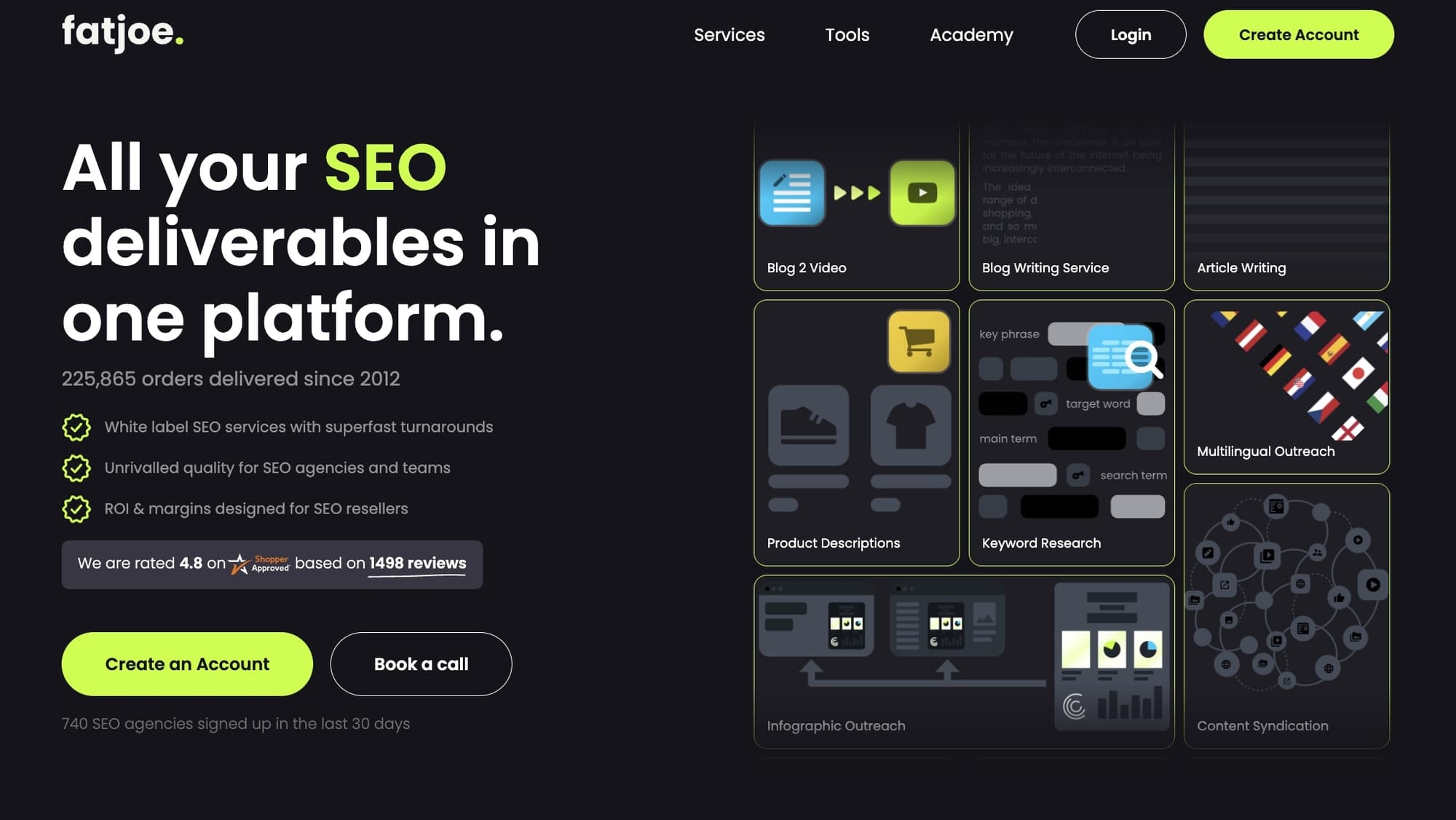
- What they do: SEO services marketplace
fatjoe. took complex SEO services and turned them into buyable products. Want 10 backlinks? Add to cart. Need blog content? Choose your package and checkout.
Their approach:
- Fixed prices for everything
- Clear deliverables (X links, Y words, Z days)
- Self-serve dashboard for orders
- No sales calls needed
They have made buying SEO services as easy as ordering from Amazon.
WP Speed Fix
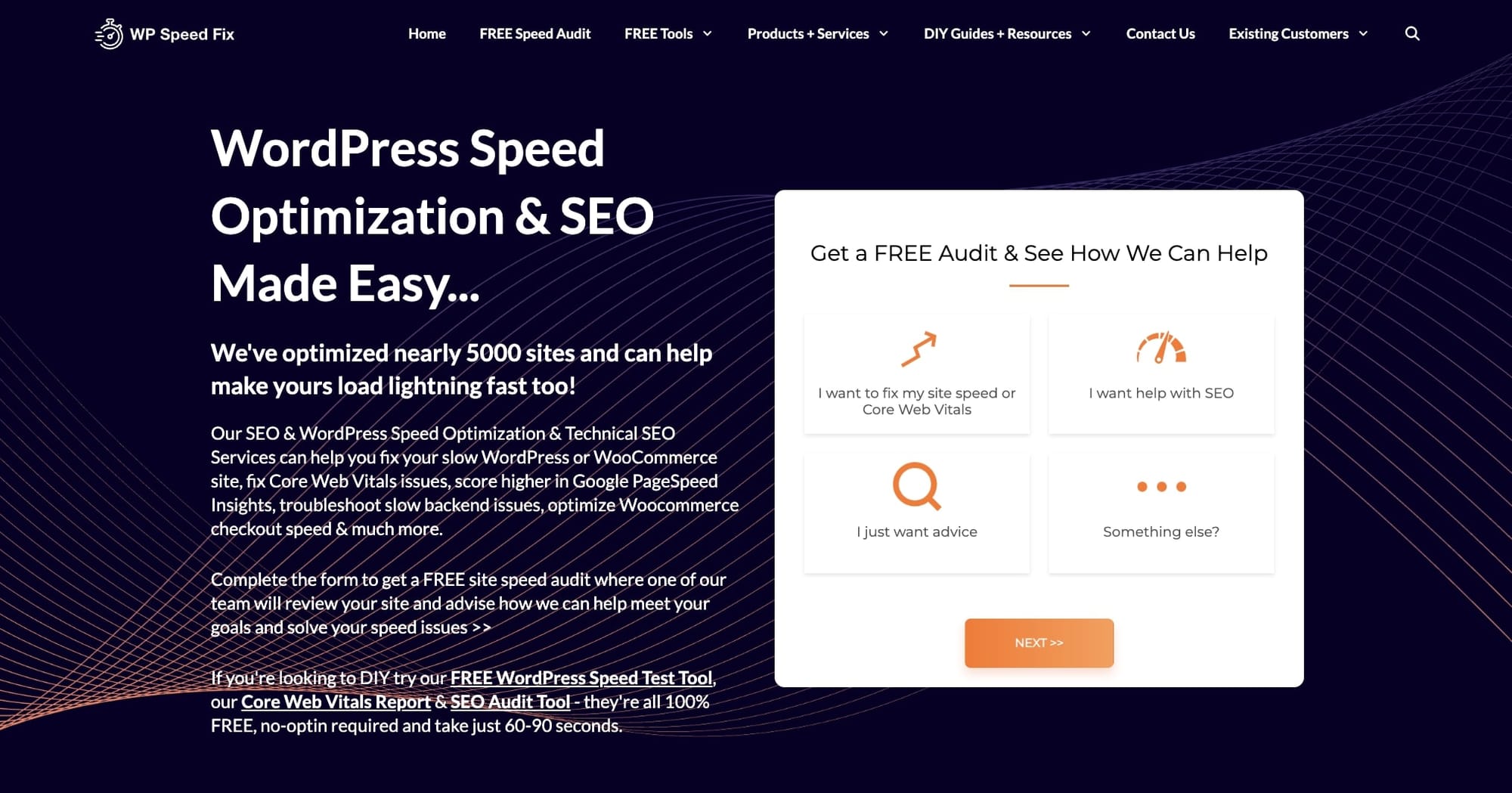
- What they do: One service at one price
WP Speed Fix is focused on one thing and one thing only — making WordPress sites faster. No packages, no tiers, just one service at one price point.
Why it works:
- Ultra-specific positioning
- Fixed price ($39) removes friction
- Clear before/after promise
- Order and get results
Sometimes the best product is the simplest one. And this is a great example of a service that follows the format of a single-product ecommerce store.
24Slides
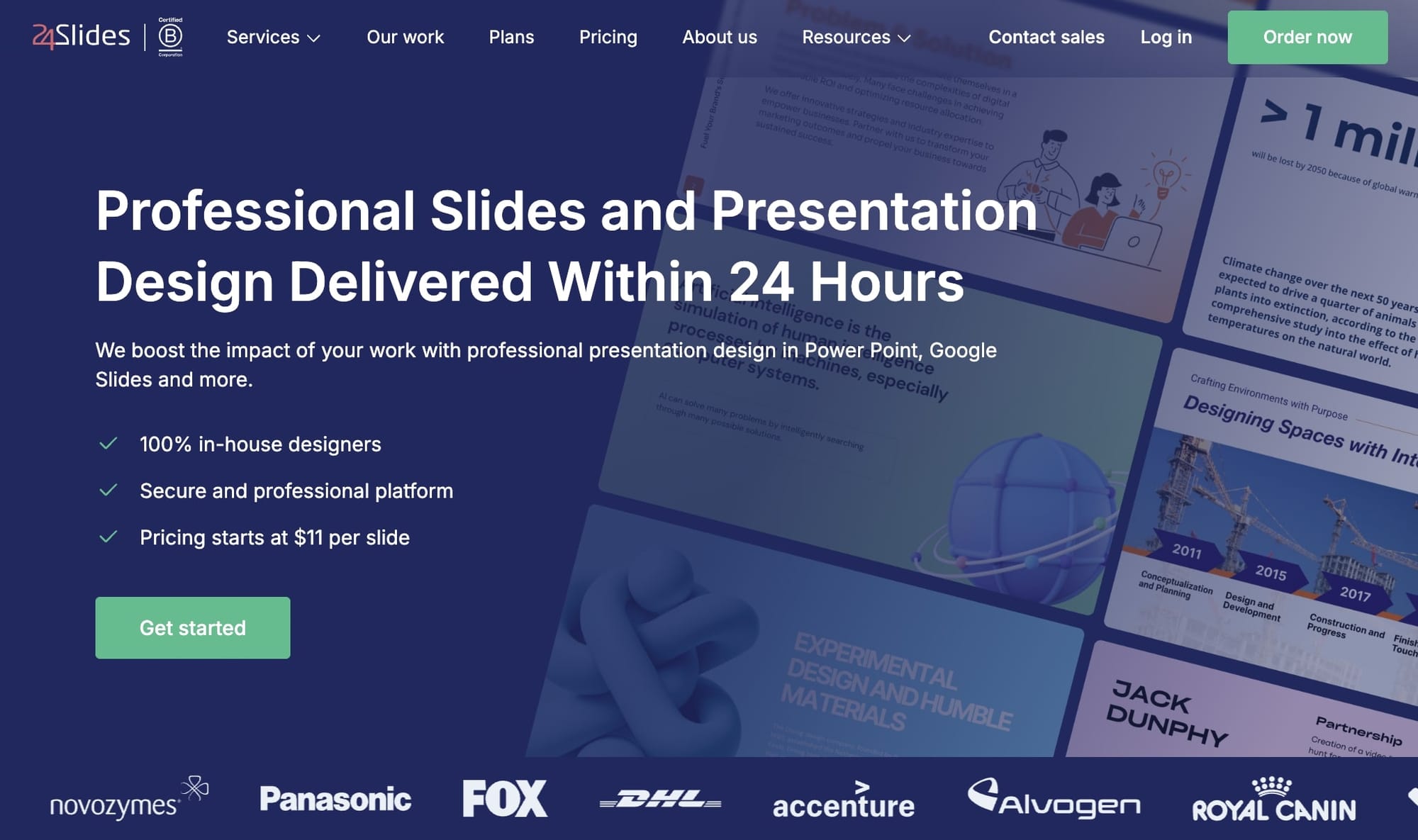
- What they do: Presentation design on demand
24Slides transformed presentation design from a custom service into an on-demand product. Upload your rough slides, get back polished presentations.
Their model:
- Per-slide pricing (transparent costs)
- 24-hour turnaround standard
- Online portal for submissions
- Add rush delivery for urgency
They've productized something most agencies would customize endlessly.
What these examples teach us:
Each of these businesses took traditionally high-touch, custom services and made them:
- Easy to understand
- Simple to buy
- Predictable to deliver
- Scalable to grow
They're not trying to be everything to everyone. They picked a specific service, packaged it clearly, priced it simply, and made it buyable online 24/7.
Want more inspiration? Check out this collection of productized service examples and ideas across different industries. The key is finding what version of this model works for your expertise.
Conclusion
When you started your service business, you probably didn't think you'd need to learn from ecommerce websites. But the thing is, consumer behavior changes. And now people are primed to get things fast and easy (thanks, Amazon). Your clients are used to clicking "buy now" at 2 AM and getting exactly what they want. Why should hiring you be any different?
The service businesses crushing it right now have figured this out. They have taken the best parts of online sales, the self-serve storefronts, the smooth payment gateways, the automated everything, and applied them to services. The result is better customer satisfaction without constantly burning out.
Think about it. When you make buying easy, when you deliver a consistent customer experience, when you automate the boring stuff like invoicing and onboarding — that's when you build real relationships and customer loyalty. Your clients stick around because working with you feels good.
And yeah, you can still do all the relationship-building stuff. Send personal messages. Do great work. Maybe even try some email marketing to stay top of mind. But now you're doing it from a position of strength, with systems that actually support you instead of slowing you down.
The tools exist. The examples are out there. The only question is, are you ready to stop running your service business like it's 2010?
Your future clients are shopping for services right now. Make sure they can actually buy from you.

